Royal Albert Orphanage, Worcester, Worcestershire
In 1862, Mr Thomas Gale Curtler proposed that an Infant Orphan Asylum be established in Worcester as a memorial to the recently deceased Prince Albert. The suggestion attracted sufficient support for a committee to be formed to put the scheme into practice. The enterprise particularly found favour with eminent members of the local business community such as Messrs Lea and Perrins, whom contributed to its funds. Following the donation of £500 by Mr Wheeley, a lease was taken on a house at 28 Bromyard Road. The establishment provided placed for 20 girls between the ages of 7 and 11, who were to be maintained and educated until they were 15 years old.
Funds then began to be raised for the construction of permanent premises for the institution, with a donation of £4,000 being received from local MP Alderman Richard Padmore, and legacy of £1,000 in 1866 from Mr Edward Wheeler. A site was obtained on Henwick Road, Worcester, and a competition held for designs for the new building. The plans put forward by William Watkins and S. Dutton Walker were chosen, although did not meet everyone's approval. One controversial review commented:
The new premises came into use in 1869 and provided accommodation for 25 boys and 25 girls. The institution was formally referred to as the City and County of Worcester Royal Albert Orphan Asylum but was usually known as the Royal Albert Orphanage.
In 1885, a legacy of about £25,000 from Mr Thomas Wheeler, of Rock, near Bewdley, enabled the buildings to be extended considerably, together with the purchase of an additional six acres of land at the west of the existing site. The total accommodation was subsequently increased to 100 places. The Wheeler Wing, at the south of the main building, was officially opened in April, 1886.
In 1892, a proposal was made for the installation of a swimming bath at the Orphanage. A succession of designs and estimates were obtained but none was followed up. An unheated outdoor bath at the rear of the building was eventually dug out by hand by the boys. The changing rooms consisted of two small sheds.
The School site is shown on the 1928 map below.
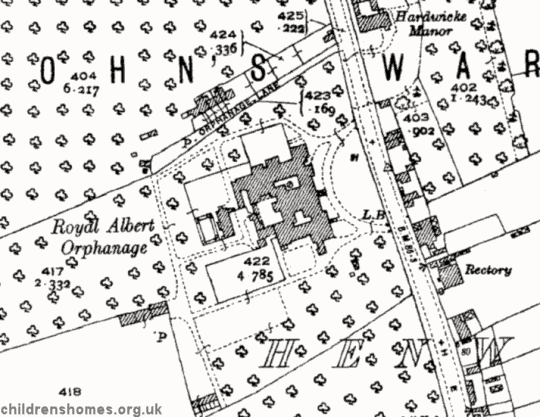
Royal Albert Orphanage site, Worcester, c.1928.

Royal Albert Orphanage from the south-east, Worcester, early 1900s. © Peter Higginbotham
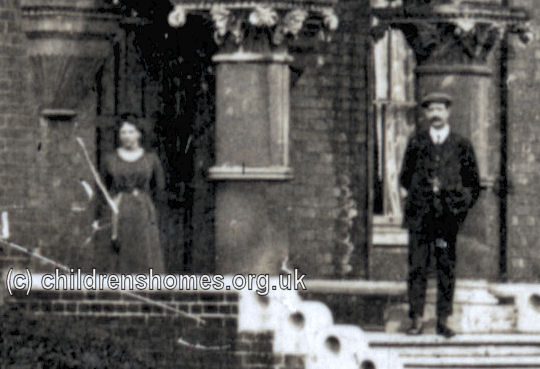
Royal Albert Orphanage detail, Worcester, early 1900s. © Peter Higginbotham
Admission to the institution was by a periodic ballot of the charity's subscribers. Candidates for admission were required to be 'orphan children who have lost one or both parents, and who or whose parents have resided in Worcestershire for 3 years immediately preceding nomination.'
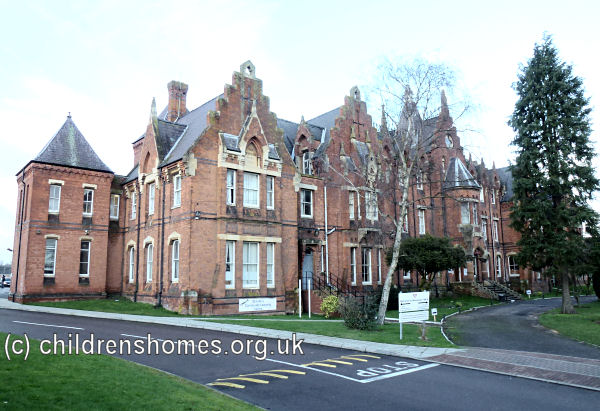
Former Royal Albert Orphanage from the south-east, Worcester, 2013. © Peter Higginbotham

Former Royal Albert Orphanage from the north-east, Worcester, 2013. © Peter Higginbotham
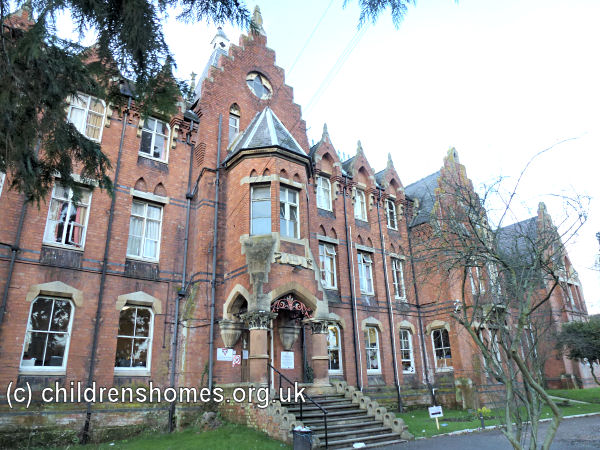
Former Royal Albert Orphanage main entrance, Worcester, 2013. © Peter Higginbotham
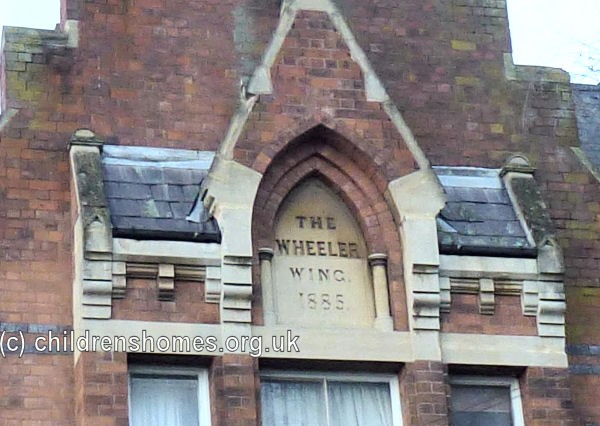
Former Royal Albert Orphanage detail, Worcester, 2013. © Peter Higginbotham
In 1955, due to falling admissions and the cost of maintaining its premises, the orphanage relocated to a smaller property at Fort Royal House, Fort Royal Hill, Worcester. The Henwick Road site then became a YMCA hostel.
Fort Royal House, Worcester
On October 6th, 1965, Adrian Christopher Porter became the last child to be admitted to the orphanage, the 999th since the institution began operating in 1862. In July 1966, work began on the conversion of the Fort Royal House into flats for the elderly.
The charity is now known The Royal Albert And St Swithun's Homes.
Records
Note: many repositories impose a closure period of up to 100 years for records identifying individuals. Before travelling a long distance, always check that the records you want to consult will be available.
- Worcestershire Archive and Archaeology Service, The Hive, Sawmill Walk, The Butts, Worcester, WR1 3PB. Has letters, certificates and inmates' nomination papers (1868-1943). Access to records less than 100 years old requires permission from the charity's Trustees (see below).
- The Royal Albert And St Swithun's Homes Trustees are understood to hold the remaining records for the Orphanage. Contact the Clerk: Mr J. Wagstaff, 4 Norton Close, Bath Road, Worcester WR5 3EY.
Census
Bibliography
- Hamblin, Alan If Only These Walls Could Speak: An Orphanage Diary (2010, Blenheim Press)
Links
- None identified at present.
Except where indicated, this page () © Peter Higginbotham. Contents may not be reproduced without permission.


